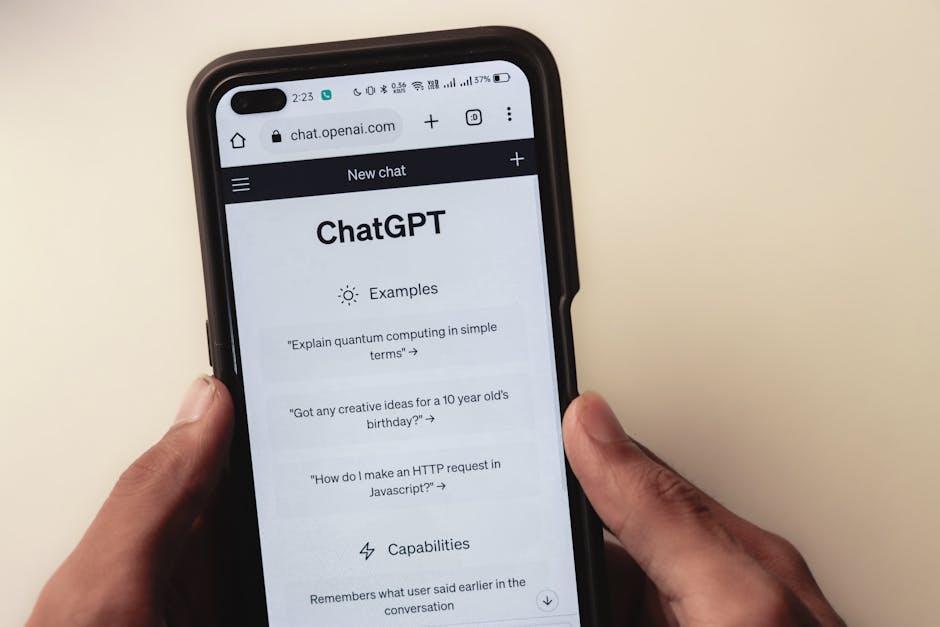How Web Accessibility Drives Innovation Beyond Compliance
In today’s digital world, web accessibility is commonly perceived as a compliance requirement. However, there’s a significant misconception affecting businesses worldwide. Beyond just meeting the legal standards for accessibility, embracing web accessibility opens up a realm of opportunities for innovation, customer engagement, and market expansion. In this article, we will explore how investing in web accessibility drives innovation and provides numerous advantages beyond compliance.
The Importance of Web Accessibility
Web accessibility refers to the practice of making websites usable for all individuals, including those with disabilities. This concept goes beyond supporting the visually impaired; it encompasses the needs of individuals with varying degrees of disabilities-whether they deal with mobility issues, cognitive impairments, or auditory challenges.
Legal and Ethical Dimensions
Many countries have laws enforcing web accessibility standards (like the ADA in the U.S. and the Equality Act in the U.K.). Neglecting these regulations can lead to legal repercussions. Beyond legality, providing equal access to information and services is an ethical obligation that organizations should embrace.
Driving Innovation Through Accessibility
While organizations often implement accessibility measures to fulfill compliance, the true benefits extend far beyond legal obligations. Here’s how web accessibility drives innovation:
1. Enhanced User Experience
Improving accessibility can lead to significant enhancements in user experience. Features like keyboard navigation, clear typography, and intuitive layouts are designed to cater to all users, ultimately leading to:
- Higher satisfaction rates.
- Increased accessibility for mobile users.
- A greater understanding of user behavior.
2. Expanding Your Audience
According to the World Health Organization, approximately 15% of the world’s population lives with a disability. By providing an accessible website, companies can tap into a sizable, often overlooked customer base. This expanded audience can foster business growth and innovation.
3. Driving Creativity
Creating an inclusive digital environment challenges teams to innovate. When accessibility is prioritized, creativity flourishes as developers and designers explore solutions tailored to diverse needs. This refreshing perspective often leads to enhanced design and technological advancements.
4. Improved SEO Rankings
Accessibility and SEO go hand in hand. Search engines favor websites that provide excellent usability. Implementing accessible design elements, such as Alt text for images, logical heading structures, and clear URLs, can enhance search engine visibility.
Benefits of Prioritizing Web Accessibility
The benefits of investing in web accessibility extend far beyond compliance. Here are some notable advantages:
1. Cost Savings
Considered an investment rather than an expense, accessible web design can lead to lower costs in the long run. Early implementation mitigates future modifications that may emerge from non-compliance.
2. Strengthened Brand Reputation
A commitment to accessibility builds brand loyalty and trust among users. This positive perception can differentiate a brand in a crowded marketplace.
3. Compliance with Future Regulations
Governments and organizations increasingly prioritize accessibility. By adopting best practices now, businesses stay ahead of legislation and community expectations.
4. Diverse Skill Sets in Teams
Prioritizing accessibility brings together individuals with unique perspectives, cultivating a workspace rich in innovation and ideas.
Practical Tips for Implementing Accessibility
Turning intent into action requires thoughtful planning. Here are practical steps to improve your website’s accessibility:
- Conduct an Accessibility Audit: Utilize tools such as WAVE or Axe to identify current limitations.
- Incorporate ARIA Landmarks: Accessible Rich Internet Applications (ARIA) help enhance the navigation experience.
- Use Clear Language: Keep website content simple and easy to understand, avoiding jargon.
- Test with Real Users: Gather feedback from people with disabilities to improve accessibility features.
- Train Your Team: Encourage training sessions for developers, designers, and content creators focused on accessibility best practices.
Case Studies
Numerous companies have embraced web accessibility and witnessed a remarkable transformation. Here are a few notable examples:
| Company | Accessibility Initiative | Outcome |
|---|---|---|
| Microsoft | Comprehensive accessibility features across Windows and Office | Increase in user satisfaction and broader customer base |
| Target | Redesign with a focus on inclusive design | Improved sales and brand loyalty |
| Apple | VoiceOver and Sound Recognition technologies | Reinforced their reputation as a leader in accessibility |
First-Hand Experience
Adopting an accessibility-first mindset has been transformative for numerous organizations. One digital marketing agency shared that after redesigning their website with accessibility in mind, they noted substantial increases in user engagement and conversions. They observed customer feedback indicating a more welcoming online environment, which ultimately led to new partnership opportunities.
Conclusion
Web accessibility is more than a checkbox to be ticked off for compliance; it’s a pathway to innovation, inclusivity, and business growth. By prioritizing accessibility, organizations can enhance user experiences, expand their audience, and drive creativity within their teams. As we move towards a more inclusive digital future, companies must recognize the invaluable benefits of implementing web accessibility, not just for legal reasons, but to become leaders in innovation and customer engagement.











